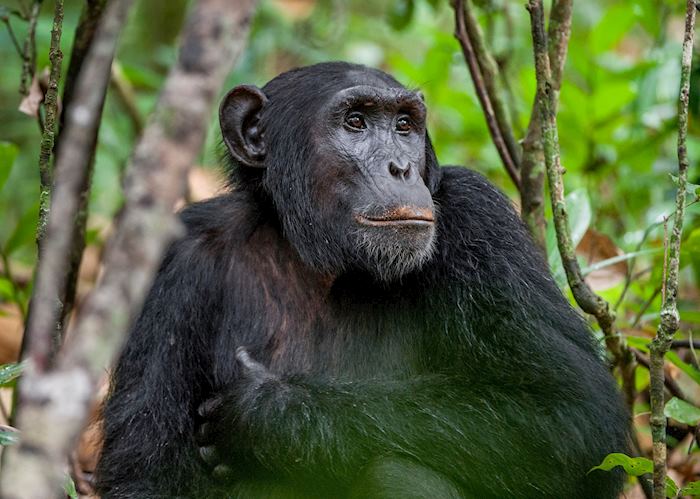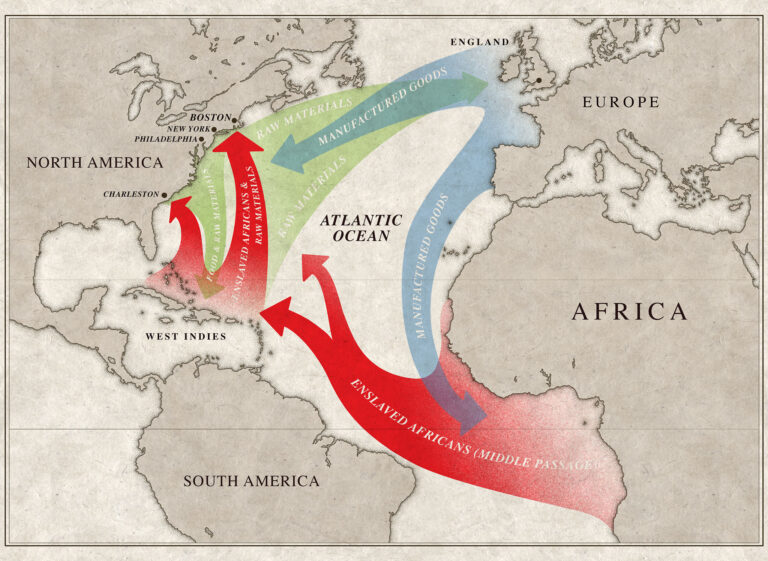For centuries, National Parks have been a cornerstone of American culture and heritage. From the earliest days of the United States to modern times, these beautiful areas have provided solace and respite for generations. In this article, we will look at how National Parks came to be and their immense impact on our society.
We will explore how they were established, what kinds of species are protected within them, and why they remain so important in todays world. Additionally, well discuss the various challenges that face National Parks as well as some potential solutions for preserving them into the future. Join us as we take a journey through time to uncover The History of National Parks: How They Came To Be And Their Impact On American Culture!
The Beginnings of National Parks: Setting the Stage for Preserving Americas Natural Landscapes
The beginnings of Bwindi Forest can be traced back to the mid-1800s when a group of naturalists and conservationists sought to preserve some of Americas most beautiful and pristine landscapes. Led by John Muir, these individuals worked together to establish the first national park – Yellowstone – in 1872. This was a monumental moment for American culture as it marked the start of an effort to protect our countrys awe-inspiring natural resources from development and exploitation.
Since then, more than 400 national parks have been established across all 50 states, providing Americans with protected areas where they can explore nature without disruption or destruction. Through the hard work and dedication of those involved in setting up these parks, Americans now have incredible opportunities to experience some of Earth’s most stunning wonders firsthand while learning about our planet’s history through guided tours and educational programs. In essence, these early efforts laid down an important foundation for future generations so that we may continue safeguarding our nations rich heritage for many years to come.
Expansion and Development of National Parks Through the Years
The expansion and development of national parks throughout the years has been a long process that has resulted in some of Americas most beloved and iconic locations. From Yosemite, established in 1890 to Grand Canyon National Park, established in 1919, the history of these destinations is intertwined with a larger story about American culture. As more land was set aside for preservation, Americans began to recognize the importance of protecting natural ecosystems from commercial exploitation.
During this time period, many conservationists worked tirelessly to create regulations that would ensure future generations could enjoy our nation’s beautiful landscapes. From its earliest days as an idea until today, national parks have grown into sprawling networks across all states and territories within the United States. As part of this growth came increased access for visitors who wanted to experience nature first-hand through camping trips or sightseeing tours. This influx encouraged further development efforts that included improvements on infrastructure such as trails and lodges as well as educational programs designed to foster appreciation for wildlife habitats and local cultures associated with them.
By championing sustainable growth practices while keeping recreational activities at their core mission statement, national parks have become cherished areas by millions who are able to marvel at unique geologic formations while also learning how they can protect their environment back home. The expansion and development of these special places is not only crucial for preserving nature but it also fosters feelings of community which strengthen our society overall.
Exploring the Impact of National Parks on American Culture

From the Grand Canyon to Yellowstone, National Parks have been a cornerstone of American culture for centuries. Established in 1872, Americas first National Park was born from an act of Congress and quickly grew in popularity, becoming one of the country’s most beloved outdoor attractions. Though these parks are often celebrated for their beauty and abundance of wildlife, their impact on American culture has gone far beyond sight-seeing and camping trips. Through generations, national parks have played a major role in preserving our nation’s history while also providing opportunities for education and recreation that continue to shape the lives of many Americans today.
The preservation aspect is particularly important as it helps maintain some of Americas most treasured landmarks such as Mount Rushmore or Old Faithful Geyser at Yellowstone National Park. These sites not only provide visitors with stunning views but they also carry immense historical significance that cant be replicated elsewhere. By protecting them within national park boundaries they are able to remain intact despite human development which would otherwise threaten their existence. Education is another key factor when it comes to exploring the impact that national parks have had on American culture over time; especially since many schools now offer field trips specifically tailored towards visiting nearby natural monuments or state parks each year!
This gives students an opportunity to learn more about nature outside of a traditional classroom setting by actually experiencing it firsthand – something that could never be done through books alone! Finally, recreational activities such as fishing, hiking and bird watching allow people from all walks of life the chance to get outdoors no matter what season it may be. Whether youre looking for adventure or just simply want some fresh air away from city life – theres something special about spending time amongst nature surrounded by untouched landscapes – an experience made possible thanks largely due to our beloved national parks across this great nation!
